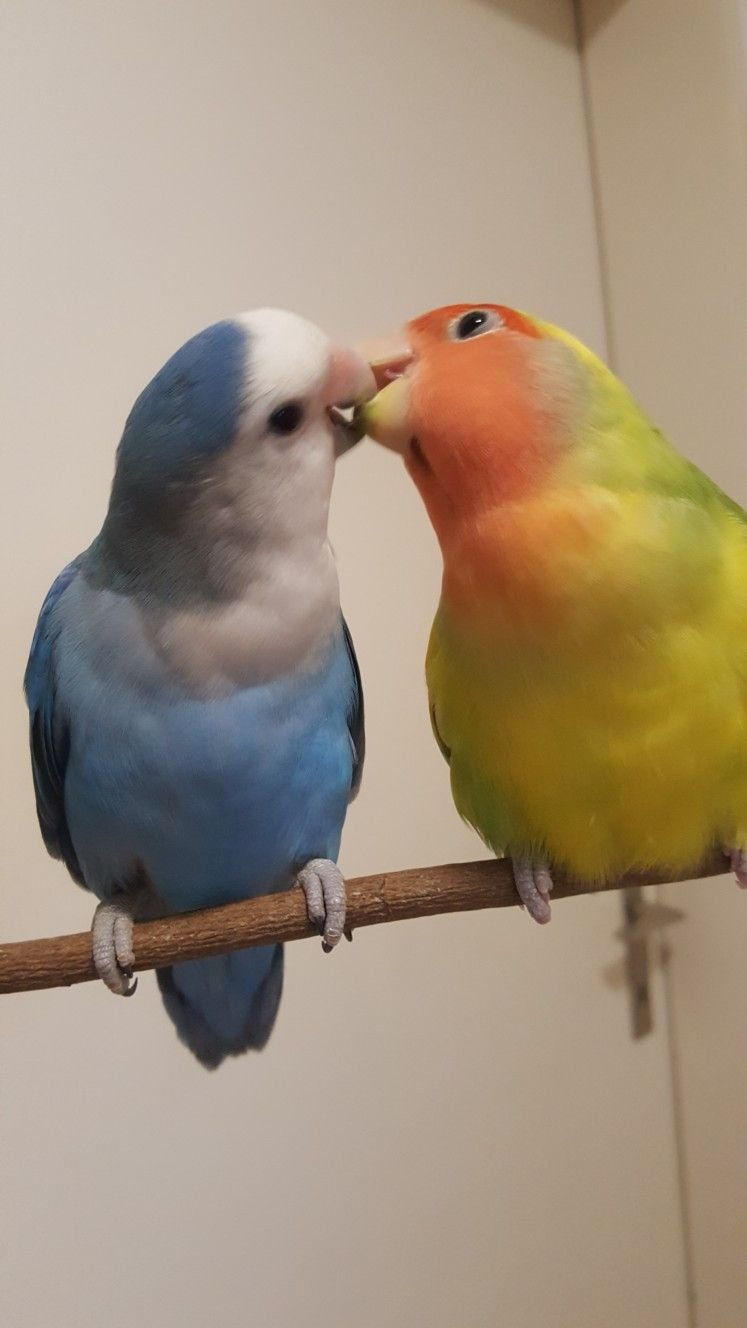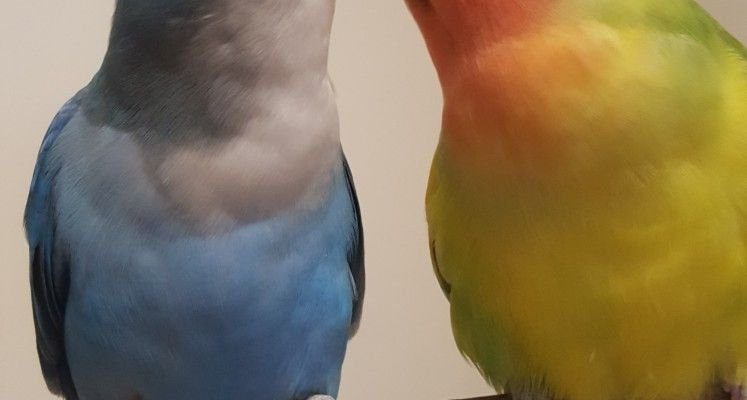
Just like how we need regular check-ups and a balanced diet, budgies require the same TLC. From diet to environment, many factors contribute to your budgie’s health. Let me explain some common health problems budgies face, how to recognize them, and importantly, what steps you can take to avoid them.
1. Respiratory Issues
One of the most common health problems in budgies is respiratory issues. Just as we can catch a cold or develop allergies, budgies are also sensitive to their environment. You might notice your budgie wheezing, coughing, or having difficulty breathing. These symptoms can indicate something serious, like a respiratory infection.
Respiratory issues can be triggered by several factors. Poor air quality, exposure to smoke, or drafts can irritate a budgie’s delicate lungs. On the other hand, some infections can arise from bacteria or viruses. If you see your budgie fluffing its feathers and sitting at the bottom of the cage, it might be struggling.
How to Prevent Respiratory Issues:
– Maintain Cleanliness: Regularly clean the cage and remove any droppings or uneaten food that might harbor bacteria.
– Control Environment: Avoid smoking indoors and ensure there’s good airflow without drafts.
– Monitor Temperature: Keep your home at a comfortable temperature and avoid sudden changes.
2. Feather Plucking
Feather plucking is another issue that some budgies face. Imagine being so stressed or bored that you start picking at your own hair—it’s similar for birds. Budgies might pull out their feathers due to boredom, stress, or feeling unwell. It can be disheartening to see your little friend like this.
If you notice bald patches or your budgie spending too much time on grooming, it could be a sign of anxiety or an underlying health condition. Additionally, changes in their environment or lack of social interaction can lead to this behavior.
How to Prevent Feather Plucking:
– Provide Enrichment: Offer toys, puzzles, and activities to keep them mentally stimulated.
– Social Interaction: Spend time with your budgie daily; they thrive on companionship.
– Routine Vet Checks: Make regular vet visits a priority to rule out any medical issues.
3. Obesity and Diet-Related Issues
Just like humans, budgies can struggle with obesity, especially if their diet isn’t well-rounded. If your budgie is gaining weight, you might notice it struggling to fly or being less active. A bad diet usually full of seeds can lead to obesity, heart disease, and other health problems.
Budgies need a varied diet that includes pellets, fresh fruits, and veggies to stay healthy. Seeds should only be a small part of their diet, and relying too heavily on them can lead to nutritional imbalances.
How to Prevent Diet-Related Issues:
– Balanced Diet: Ensure your budgie has a mix of seeds, pellets, and fresh produce like leafy greens.
– Controlled Portions: Be mindful of how much you’re feeding; too many treats can lead to weight gain.
– Regular Exercise: Encourage flying and playtime outside of the cage to keep them active.
4. Psittacosis
Psittacosis is an infectious disease that can affect budgies and other parrots. Think of it like a bad flu; it can make birds quite ill and, in severe cases, can be transmitted to humans. Symptoms include lethargy, loss of appetite, and sometimes, unusual droppings. If you suspect psittacosis, it’s crucial to seek immediate veterinary help.
Preventing this disease is all about keeping your budgies’ living environment healthy and managing their social interactions. Exposure to infected birds can lead to the spread of this disease, so vigilance is key.
How to Prevent Psittacosis:
– Quarantine New Birds: If you get a new budgie, keep it separate for a few weeks to prevent potential disease spread.
– Avoid Wild Birds: Keep your pet away from wild birds that may carry infections.
– Regular Vet Checks: Annual wellness visits can help catch any issues early.
5. Liver Disease
Liver disease in budgies can arise from poor diet or obesity. The liver is a vital organ, and when it’s not functioning well, your budgie can show symptoms like lethargy, a swollen abdomen, or changes in appetite. If caught early, many liver issues can be treated successfully, but prevention is always better than cure.
The liver works hard to process food and detoxify the body. An unhealthy diet or overfeeding can put extra stress on this important organ, leading to serious health complications.
How to Prevent Liver Disease:
– Healthy Eating Habits: Focus on a balanced diet rich in fruits, vegetables, and quality pellets.
– Monitor Weight: Keep an eye on your budgie’s weight to prevent obesity.
– Hydration: Ensure your budgie has constant access to clean, fresh water.
6. Tumors and Growths
Though it may sound alarming, tumors can occur in budgies as they age. These growths can be benign or malignant, and noticeable symptoms can include weight loss, lethargy, or visible lumps. It’s essential to monitor your budgie’s health over time to spot any unusual changes.
Regular check-ups with an avian vet can help catch these issues early. Early detection often leads to more treatment options, improving your budgie’s chances of recovery.
How to Prevent Tumors and Growths:
– Regular Vet Visits: Keep up with routine health checks to monitor for any abnormalities.
– Healthy Lifestyle: A nutritious diet and active lifestyle can impact overall health and potentially reduce the risk of tumors.
7. Behavioral Issues
Sometimes, health problems can stem from behavioral issues. Budgies are social creatures, and isolation or lack of stimulation can lead to destructive behaviors. For example, excessive screeching or biting can indicate stress or boredom.
Understanding your budgie’s natural behaviors and needs is crucial in ensuring their happiness. They thrive on interaction, and it’s essential to provide an environment that allows them to express their natural instincts.
How to Prevent Behavioral Issues:
– Provide Companionship: Consider adopting a second budgie if your budgie seems lonely.
– Engage Regularly: Spend time playing, talking, and interacting with your budgie every day.
– Variety of Toys: Rotate toys to keep their environment dynamic and interesting.
8. Regular Veterinary Check-Ups
Prevention goes a long way, and regular vet visits can help catch health issues before they become serious. Just as we have annual check-ups, budgies should have a vet visit at least once a year—more often if they’re older or showing signs of trouble.
During these check-ups, your vet will assess your budgie’s general health, monitor their weight, and look for any signs of illness. They can also provide tailored advice on diet and care.
How to Make Vet Visits Easy:
– Familiarize Your Budgie: Take your budgie out in their cage or travel carrier for short trips to reduce stress during vet visits.
– Keep Records: Note any changes in behavior or health to discuss with the vet.
– Stay Proactive: Don’t wait for problems to arise; regular check-ups are key to a healthy budgie.
In conclusion, keeping a budgie healthy involves understanding their needs and being proactive about their care. From monitoring their diet to providing a loving environment, small daily habits can make a big difference. Remember, your budgie relies on you, and with your attention and care, they can live a happy, healthy life. So, take a deep breath, and embrace the joy and responsibility of budgie ownership!

